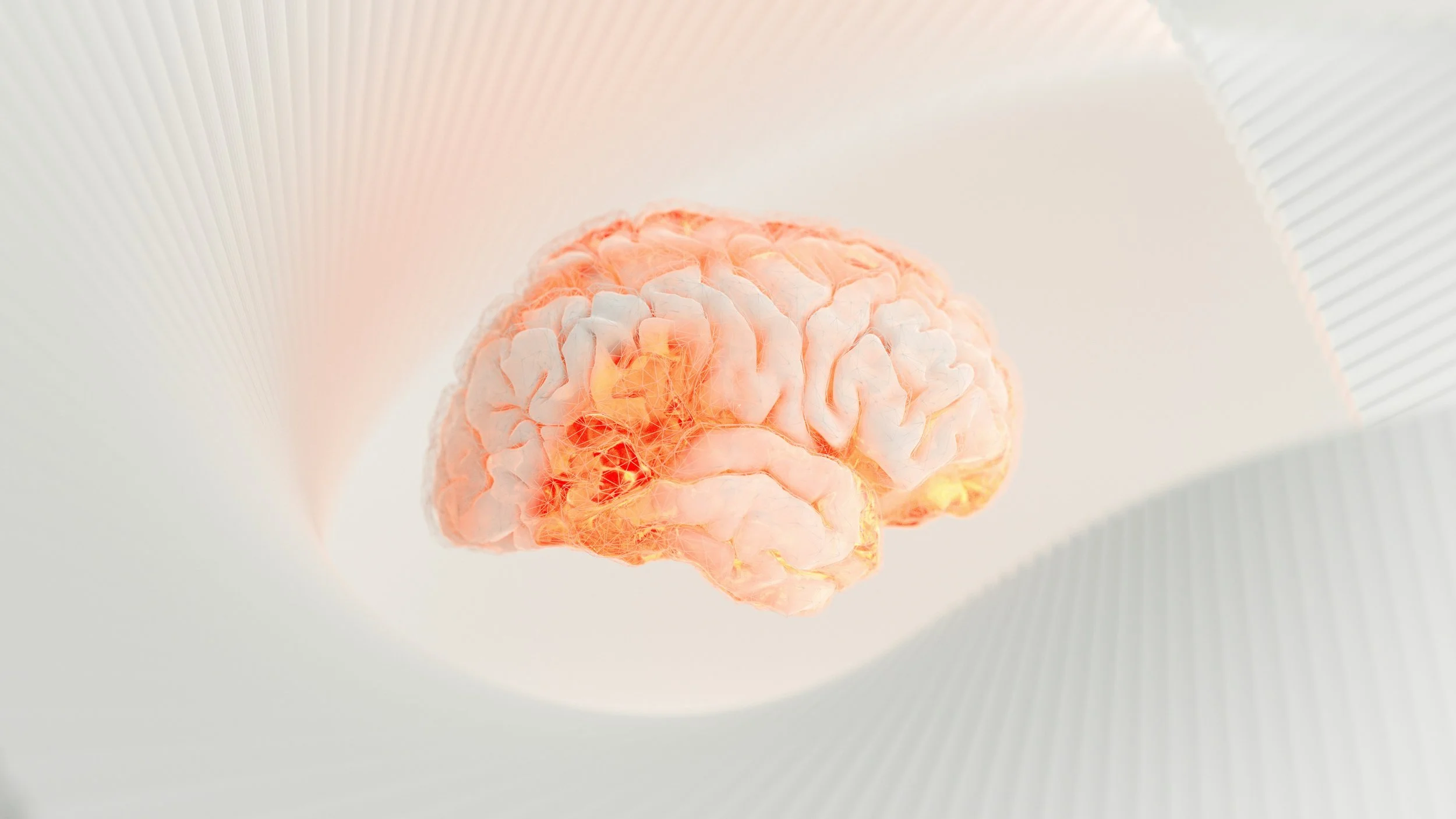Sciatica
Understanding
Sciatica
Sciatica is characterised by pain that radiates along the sciatic nerve, running from the lower back through the hips and down each leg. Symptoms include shooting pain, tingling, and numbness, which can significantly affect your daily life. Sciatica is often thought to be caused by nerve compression due to herniated disks or other structural issues, but this is not always the case.
While some cases involve structural nerve impingement due to injury, the majority of sciatica cases emerge without clear physical causes. I have found that sciatica responds well to PRT as it often fits a neuroplastic profile.
Sciatica often resists most forms of pain relief and can be deeply distressing. Before discovering PRT, I struggled with sciatica for an entire year, trying every treatment, stretch, and technique that I could find with little success.
Understanding Neuroplastic Pain
Pain is one of our body’s primary alarm systems. It warns us of danger and activates our defensive mechanisms. For instance, if we touch something hot, we feel pain and instinctively draw back to avoid being burned. If we cut a finger on a knife, the pain prompts us to staunch the bleeding and protect the injured area. If we eat something spoiled or poisonous, we experience stomach aches or nausea, which makes us avoid consuming that food again. These are typical examples of how we relate to pain: it is usually a straightforward cause-and-effect response.
However, our relationship with pain is more nuanced than we might realise. Take the example of touching something hot: while accidental contact causes immediate pain, immersing ourselves in a hot bath does not, because our conscious understanding overrides our nervous system's warning. Conversely, there are times when our nervous system fails to detect danger, and it’s our conscious mind that triggers the alarm. For instance, you might not feel the pain of a cut until you actually see it, because your brain didn’t recognise the sensory input as harmful until your eyes confirmed it.
Moreover, the connection between our emotions and physical sensations is significant. Fear can manifest as a stomach ache or a feeling of nausea, even though no physical poison has entered the body. This demonstrates that our emotional state can produce physical symptoms similar or even identical to those caused by actual physical harm.
Many sciatica cases arise not from structural damage, but from the brain's misinterpretation of normal nerve signals. It is like a fire alarm that has been set off without there being a fire. The pain persists due to a feedback loop that is created between the painful sensation: the alarm, and our response to it.
Although this may sound strange and unlikely, especially when you are in physical pain and are desperate for an immediate physical solution, this pattern is not limited to sciatica. It is just one example of an epidemic of nervous system dysregulation that is typical in our culture. We do not fully understand the health implications of living the majority of our lives in a stress-response but chronic pain, and in this case chronic sciatica, is an example of the nervous system putting its foot down and demanding our attention.
By recognising sciatica as neuroplastic pain, we can focus on addressing the state of the nervous system and the brain's role in the pain experience, rather than just the perceived structural issues.
The Path to Recovery
Understanding the difference between structurally caused pain and neuroplastic pain is the first and most important step toward recovery. Pain Reprocessing Therapy (PRT) offers a process to reappraise the nature of the pain, change responses, and break the feedback loops causing the symptoms, so eliminating the pain. Some of the elements of the process are:
Education: Learning about what pain is and how it is processed by the brain and nervous system. Learning why the false alarm was set off in the first place.
Reappraisal: Learning to reduce fear and anxiety about the symptoms, breaking the feedback loop.
Mindfulness and Relaxation Techniques: Calming and regulating the nervous system.
Cognitive Behavioral Techniques: Changing negative thoughts about the symptoms.
Gradual Exposure: Carefully resuming normal activities whilst using techniques to retrain the brain to perceive them as safe.
WHAT MY CLIENTS ARE SAYING
“I have been struggling with chronic pain for 54 years. Working with Joseph has changed my life.
I would 100% recommend Joseph. It really works!”
- Cilla
Book a free call
Book a free initial 20 minute consultation to see how I can best support you.




